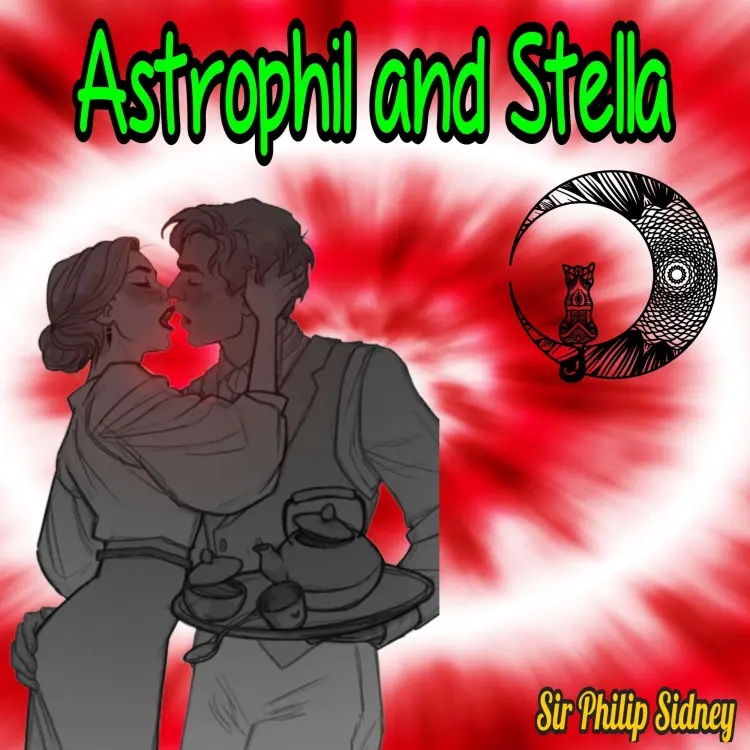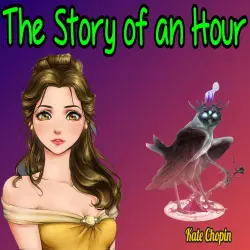
Astrophil and Stella
Sir Philip Sidney
Unabridged
2 horas 13 minutos
Nota: La reproducción de los audiolibros o de las obras de audio en las respectivas plataformas, por ejemplo Spotify, puede generar gastos. Lismio no tiene ninguna influencia sobre qué audiolibros y obras de audio están disponibles en el servicio.
Algunos artículos contienen enlaces de afiliados (marcados con un asterisco *). Si hace clic en estos enlaces y compra productos, recibiremos una pequeña comisión sin coste adicional para usted. Su apoyo ayuda a mantener este sitio en funcionamiento y a seguir creando contenidos útiles. Gracias por su apoyo.
De la editorial
Astrophil and Stella by Sir Philip Sidney Probably composed in the 1580s, Philip Sidney's Astrophil and Stella is an English sonnet sequence containing 108 sonnets and 11 songs. The name derives from the two Greek words, 'aster' (star) and 'phil' (lover), and the Latin word 'stella' meaning star. Thus Astrophil is the star lover, and Stella is his star. Sidney partly nativized the key features of his Italian model Petrarch, including an ongoing but partly obscure narrative, the philosophical trappings of the poet in relation to love and desire, and musings on the art of poetic creation. Sidney also adopts the Petrarchan rhyme scheme, though he uses it with such freedom that fifteen variants are employed.
Some have suggested that the love represented in the sequence may be a literal one as Sidney evidently connects Astrophil to himself and Stella to Lady Penelope, thought to be Penelope Devereux (1563-1607), later Lady Rich, the wife of Robert Rich, 3rd Baronet. Sidney and Lady Penelope had been betrothed when the latter was a child. For some reason the match was broken off, and Lady Penelope married Lord Rich, with whom she lived for a while most unhappily. Payne and Hunter suggest that modern criticism, though not explicitly rejecting this connection, leans more towards the viewpoint that writers happily create a poetic persona, artificial and distinct from themselves.
Publishing history:
Many of the poems were circulated in manuscript form before the first edition was printed by Thomas Newman in 1591, five years after Sidney's death. This edition included ten of Sidney's songs, a preface by Thomas Nashe and verses from other poets including Thomas Campion, Samuel Daniel and the Earl of Oxford.
he text was allegedly copied down by a man in the employ of one of Sidney's associates, thus it was full of errors and misreadings that eventually led to Sidney's friends ensuring that the unsold copies were impounded. Newman printed a second version later in the year, and though the text was more accurate it was still flawed. The version of Astrophil and Stella commonly used is found in the folio of the 1598 version of Sidney's Arcadia. Though still not completely free from error, this was prepared under the supervision of his sister the Countess of Pembroke and is considered the most authoritative text available. All known versions of Astrophil and Stella have the poems in the same order, making it almost certain that Sidney determined their sequence.
Some have suggested that the love represented in the sequence may be a literal one as Sidney evidently connects Astrophil to himself and Stella to Lady Penelope, thought to be Penelope Devereux (1563-1607), later Lady Rich, the wife of Robert Rich, 3rd Baronet. Sidney and Lady Penelope had been betrothed when the latter was a child. For some reason the match was broken off, and Lady Penelope married Lord Rich, with whom she lived for a while most unhappily. Payne and Hunter suggest that modern criticism, though not explicitly rejecting this connection, leans more towards the viewpoint that writers happily create a poetic persona, artificial and distinct from themselves.
Publishing history:
Many of the poems were circulated in manuscript form before the first edition was printed by Thomas Newman in 1591, five years after Sidney's death. This edition included ten of Sidney's songs, a preface by Thomas Nashe and verses from other poets including Thomas Campion, Samuel Daniel and the Earl of Oxford.
he text was allegedly copied down by a man in the employ of one of Sidney's associates, thus it was full of errors and misreadings that eventually led to Sidney's friends ensuring that the unsold copies were impounded. Newman printed a second version later in the year, and though the text was more accurate it was still flawed. The version of Astrophil and Stella commonly used is found in the folio of the 1598 version of Sidney's Arcadia. Though still not completely free from error, this was prepared under the supervision of his sister the Countess of Pembroke and is considered the most authoritative text available. All known versions of Astrophil and Stella have the poems in the same order, making it almost certain that Sidney determined their sequence.








